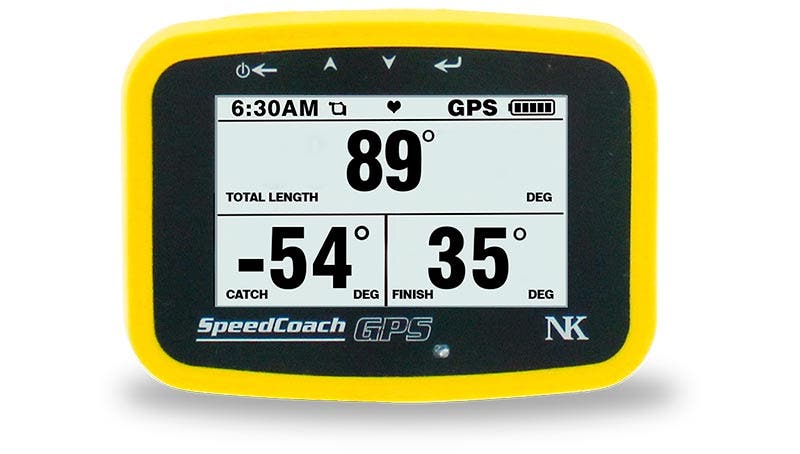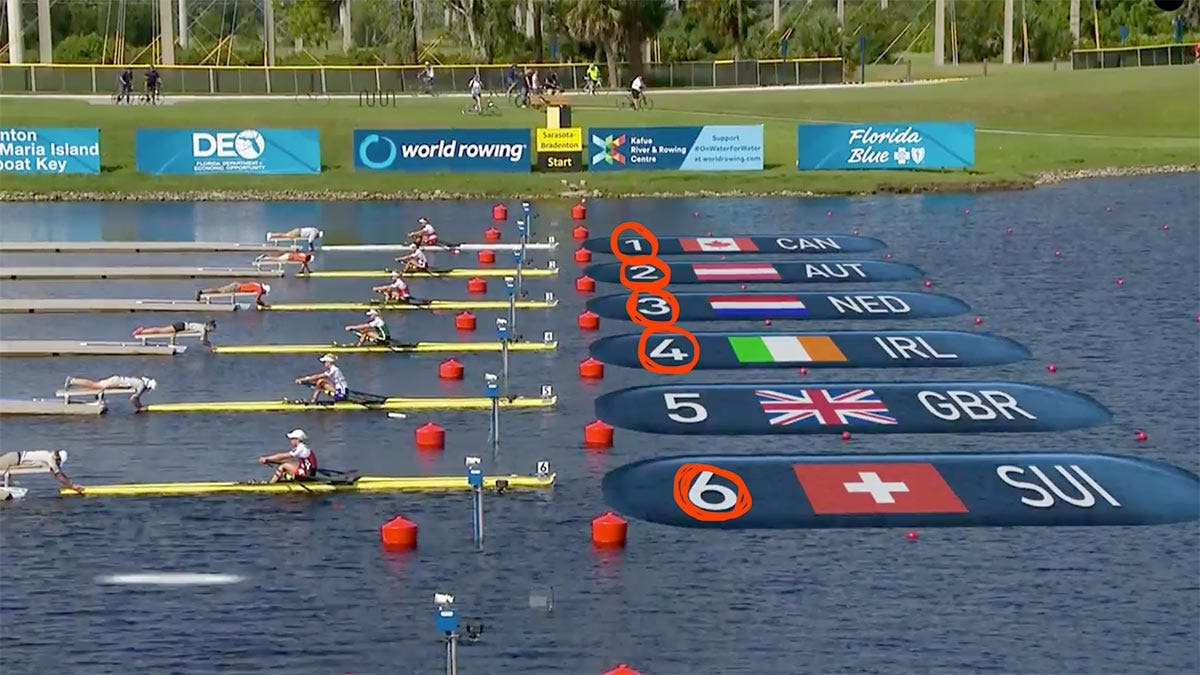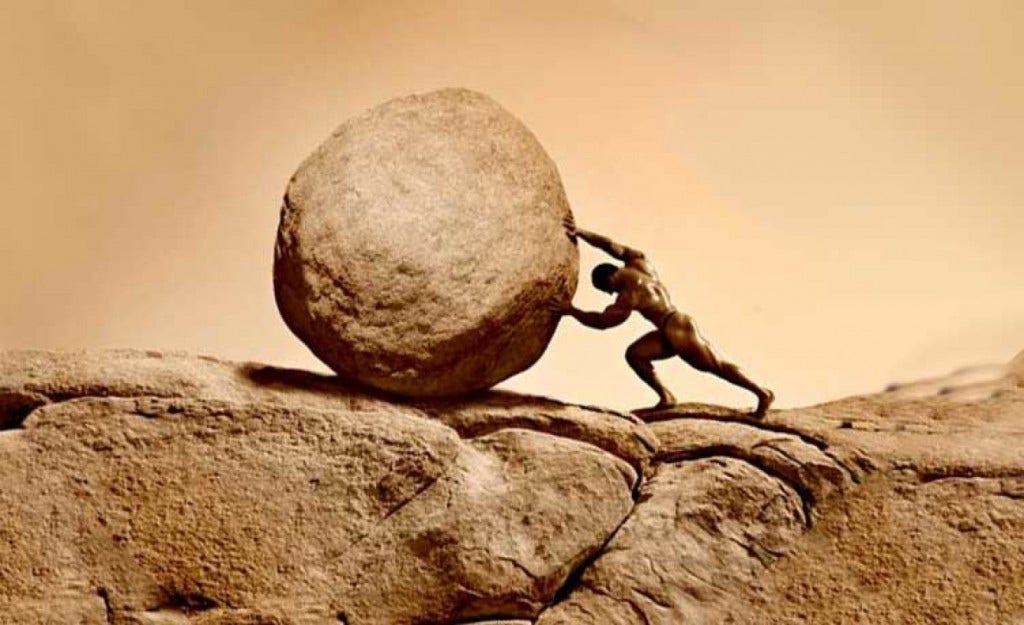Got a need for speed and savings? Take 15% off the SpeedCoach for a limited time!
Using the EmPower Oarlock to Sync Catches in Team Boats
Emma Overton Comments
We reached out to Matt Muffelman, coach of the 2017 Men's LW 4-, to see how he was using the Oarlocks in practice. His advice should be helpful to anyone looking to improve catch timing in team boats.
First, keep it simple:
"The workouts I used were more of a single focus. Each screen, or data field, was only used for one or two particular drills or focuses. Too much data ended up confusing the guys, or was too distracting."
Pre-Warmup Drill:
"Most of the time, I would have them utilize the catch angle and slip during the warm up while running through front end progressions. The main focus while going 1/4 slide, 1/2 slide, and 3/4 slide, then doing top 1/4 and legs only was to reduce the amount of slip on each stroke. Typically they were starting out in the 20’s, and would be in the mid to low 10’s by the end of the drills."
The Warmup:
"I would then have them row 2-5k warm up steady state, stopping every 1k and telling me what their normal catch angle was. For the last 1-2k of their 2-5k warm up, I would give them the number for a catch angle that I wanted them to hit. I could then tell them to get 1 or 2 more degrees based on what I was seeing, and they all had a quantifiable distance or angle to change. It was much better than “just a little more”, or “one or two more inches on the slide.'"
The Workout:
"I would use the amount of watts on low rate, power pieces. Going for max watts at a 18-22 was ok since they had time to read the monitor between strokes while preparing for the next one. I’d say ask them to do some pieces with the catch angle and slip, and then some with the finish angle and wash. They tended to notice that higher watts came when they had lower slip at the front. It tended to lead to hammering the catches, but again, it was just a drill for blade awareness and connection."
How to Interpret the Information from the Oarlocks:
"I tried to look at the big picture of each practice, rather than focusing on a few individual strokes or numbers. Noticing trends of who was regularly the best or worst in certain categories helped me decide who should be sitting in certain seats."
The Takeaway:
"There are a ton of different theories on what makes the boat go fast, but it is pretty commonly agreed that uniformity within a crew is a positive. Working to make everyone similar seemed to have the greatest positive effect, above trying to max out any one particular field or category."
About author
-
 We Put EmPower Oarlocks in a Collegiate 8+ for One Hour and This is What Happened
The 8+ beat its previous time by nearly a boat length over 2,000 meters. Same stroke length, same rating, same power. Here’s how:
We Put EmPower Oarlocks in a Collegiate 8+ for One Hour and This is What Happened
The 8+ beat its previous time by nearly a boat length over 2,000 meters. Same stroke length, same rating, same power. Here’s how: -
 The Greatest Eight?
The last major international regatta was FISA World Championships in Sarasota, FL at the end of September. It was so recent, some of the international rowers haven’t even gone home yet.
Five of the six women who competed against each other in the
The Greatest Eight?
The last major international regatta was FISA World Championships in Sarasota, FL at the end of September. It was so recent, some of the international rowers haven’t even gone home yet.
Five of the six women who competed against each other in the -
 Finding the Boatmovers
Until recently, the most accurate metric for on-the-water performance has been the 500-meter split. It makes sense: races are measured in time over distance, so why not measure practice pieces the same way?
If the goal is to improve an athlete’s
Finding the Boatmovers
Until recently, the most accurate metric for on-the-water performance has been the 500-meter split. It makes sense: races are measured in time over distance, so why not measure practice pieces the same way?
If the goal is to improve an athlete’s - Watts on Watts: Interval Training with Power On-the-water power meters became widely accessible to rowers with the launch of the EmPower Oarlock in late 2016; but now that we can get one, what do we do with it?





